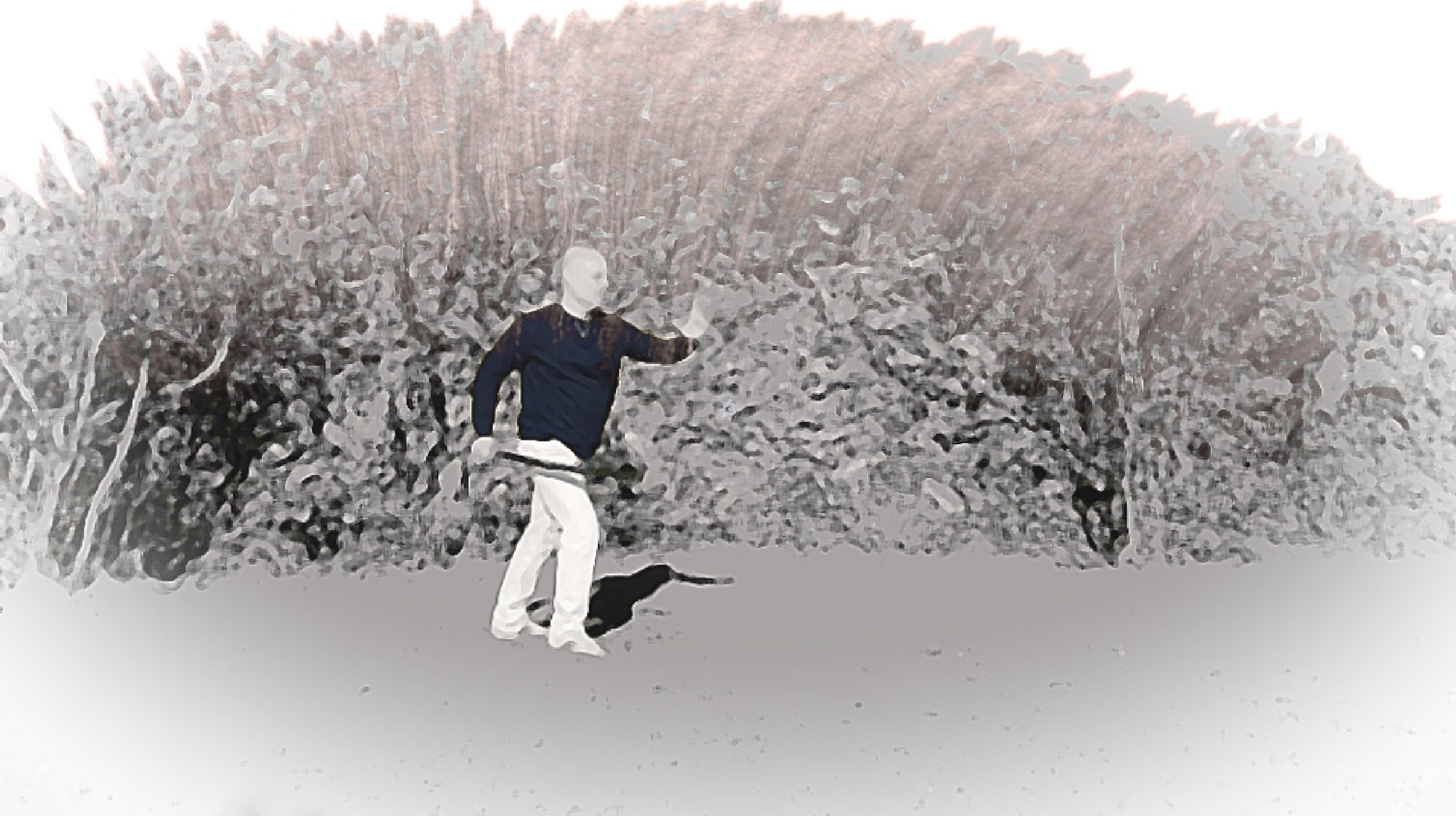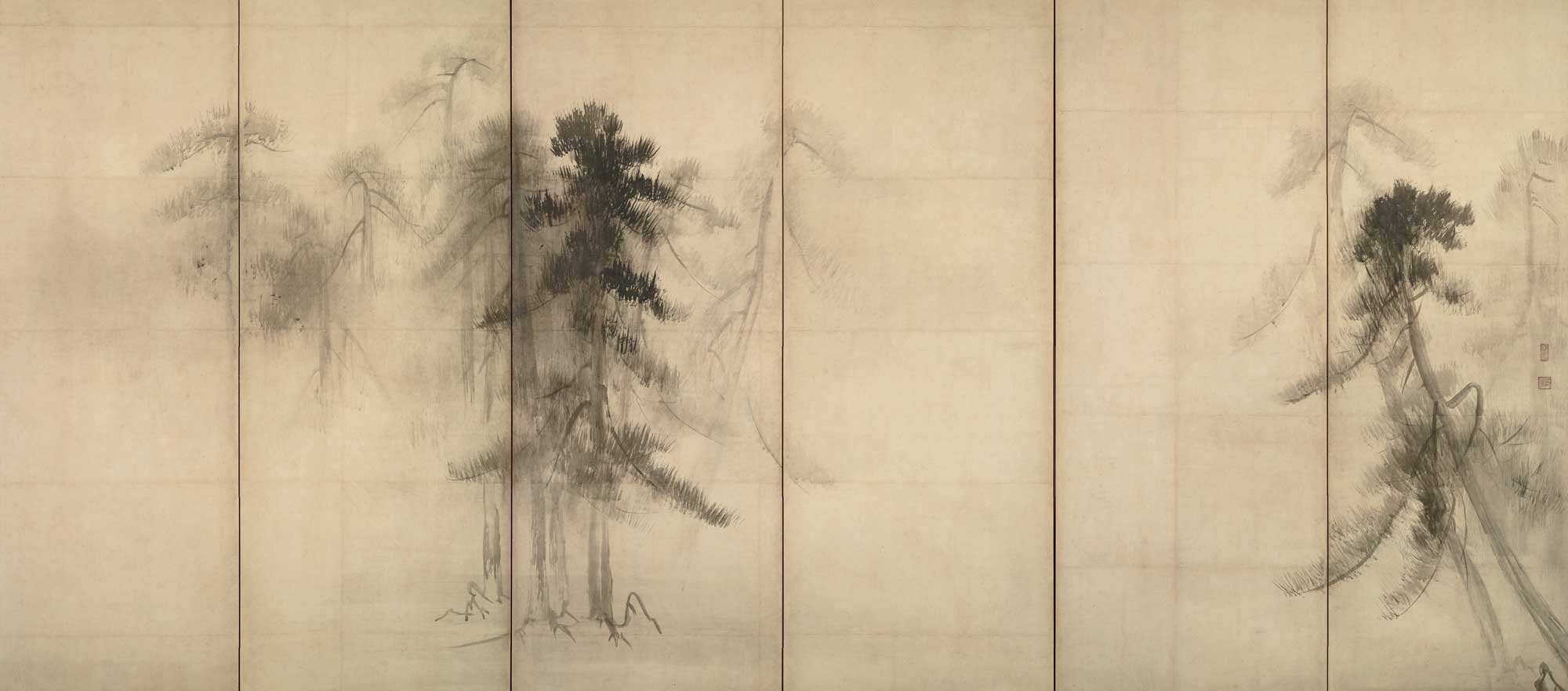
Culitvate |
“Simplicity, patience, compassion. These three are your greatest treasures.
Simple in actions and thoughts, you return to the source of being.”
LAO ZI, DAO DE JING
There are many forms of practice in Daoism, Buddhism and other Eastern traditions. The Daoist basic division in the physical domain in practice could be most simply broken down into these four types.
Moving Form
Movement
动功
Energetic Movement
Within Movement there is stillness
动中有静
Energetic Stillness
Within Stillness There is Movement
静中有动
Still
Stillness
静功

太极拳 ————-
Taiji Quan - The Internal Arts
Taiji Quan a traditional Chinese martial art used to develop health and peace of mind. It has been developed over many generations and was supposedly created by a daoist , Zhang San Feng. It incorporates body movement, partner work, energetic and meditative methods. However or where ever the art developed it obviously has combined the philosophy and practice of a multitude of practitioners and millennia of wisdom and knowledge.
气功 ————-
Qigong - Energy Practice
Qi is often translated as energy. This practice is part of many Chinese traditional arts. It is where the practice focuses not on the physical level but primarily at the connection of layers of energy and information throughout the body. Practices can be dynamic, still or focused on breathing. There are many methods. Taiji’s primary qigong practice is centred around the quality of relaxation or release where through increasing release of tension the energy of the body and mind is allowed to move unimpeded.
内功 ————-
Neigong - Internal Practice
Nei simply means inside. This is the emphasis in the practice is to relax and absorb the consciousness into the body. There are various stages and practices. The most common initial one is relaxing, releasing, opening and emptying and becoming aware of any residual tensions and patterns in the body and mind.
精工 ————
Jing Gong - Quiet/Still Practice
Jing means quiet or still. This is simply the Chinese term for what we often refer to as meditation. It is as opposed to moving -dynamic practice, static prostures are used to develop. The most common being standing or seated.

